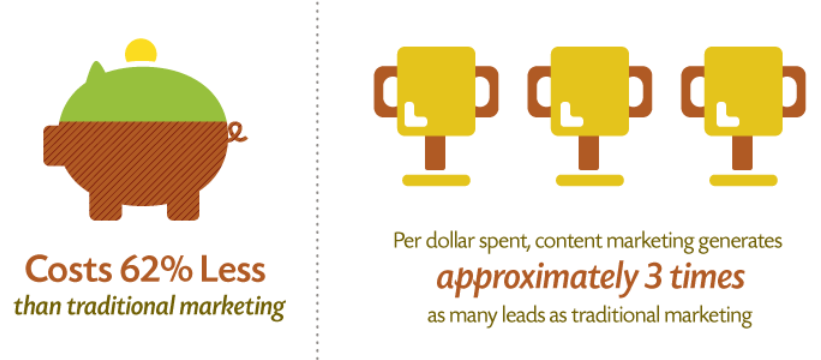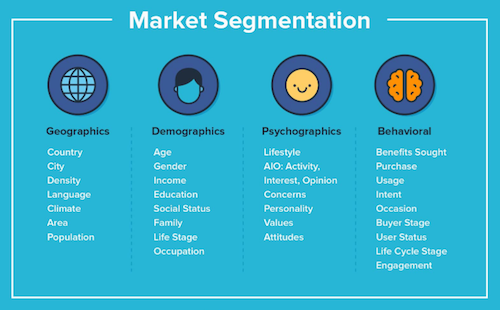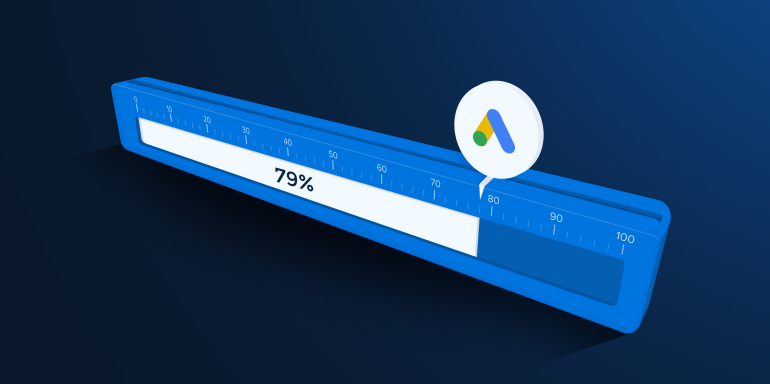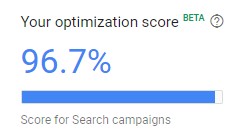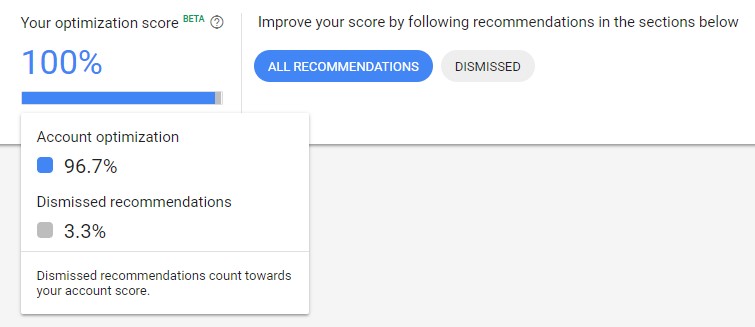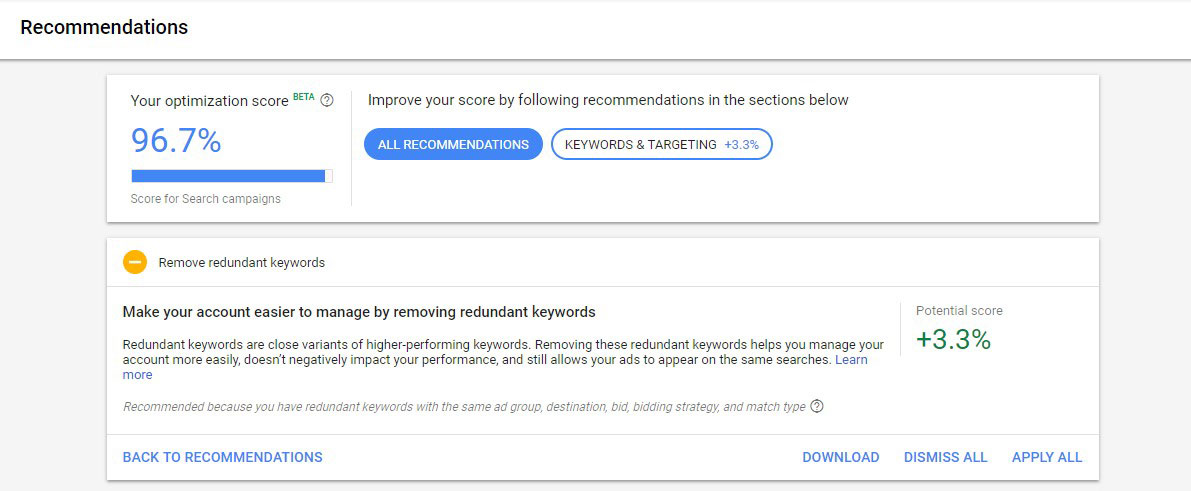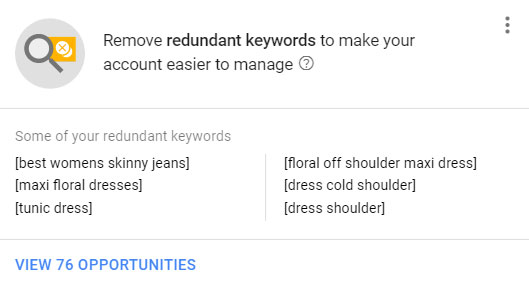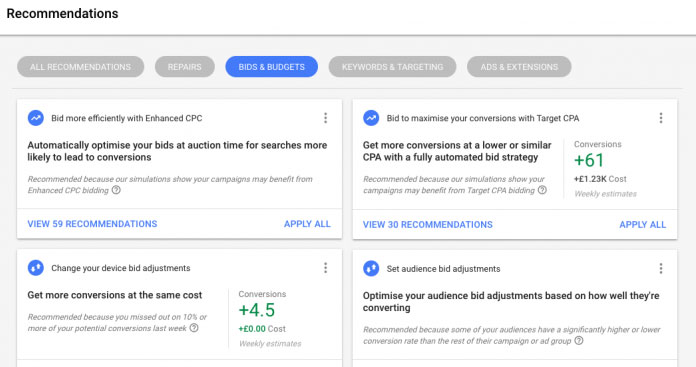You can spend countless hours working on a great idea and perfecting your product or service, but all future growth boils down to one key factor — your ability to acquire new customers and retain them long-term.
Acquiring new customers may sound simple, but it can be incredibly challenging to find new opportunities in today’s saturated marketplace. If you don’t stay up to date and tweak your marketing strategies, you may struggle to keep your sales funnel full.
This article will cover actionable ways to acquire new customers, but first …
What is the cost of acquiring a new customer?
Customer acquisition cost (CAC) is the total sales and marketing cost required to earn a new customer over a designated period. This is important because it assigns real value to your marketing efforts and allows you to measure your ROI.
Displayed as a formula, it looks like this:
So if a company spent $300K on sales and marketing, and generated 300 new customers in one quarter, their customer acquisition cost would be $1K.
Note: The total marketing cost includes all program, software, and marketing spend, salaries, wages, commissions, bonuses, and overhead associated with acquiring new leads and customers within the time period you’re evaluating (month, quarter, year).
Now that we’ve defined it, let’s look at how to acquire customers.
The Best ways to acquire new customers with Digital Marketing
The list here is not the be-all end-all how to acquire customers, but each item is a common way for digital marketers to grow their customer base today.
Content marketing
Content is the foundation of advertising, because once you’ve published content (blog posts, ebooks, guides, videos, etc.) email, social media, etc. can promote it. It also generates about 3x as many leads as other marketing methods, and costs 62% less:
Consistently publishing new content — and refreshing the old — keeps your brand relevant and shows prospects that you’re actively engaged with your industry. This is crucial in a world full of false advertising and plummeting customer trust.
Highly targeted advertising
If you’re not generating the number of new customers you want — or enough qualified customers — define and redefine your target audience down to the finest details:
- Where do they live?
- How old are they?
- What do they do for a living?
- What is their family makeup like?
- What do they like and dislike?
- What problems do they have and how can your product or service help?
Market segmentation can help:
Retargeting old customers is a great place to start. While this might seem like customer retention, not acquisition, that’s not necessarily the case. If it’s been years since a customer was last active, many businesses won’t refer to that person as an existing customer anymore. Getting them back to your business is like re-acquiring them as a brand new customer. Use any old information you have on them (email, phone number, address, etc.), and reach out with an irresistible offer to earn their business again.
Create a lead generating site
Your website might look professional and offer a ton of useful information for visitors, but does it generate new leads and acquire new customers?
It’s essential that, in addition to your website, you also have dedicated landing pages to capture contact information and fill the top of your sales funnel.
Often, your landing page is the first and last thing people see connected to your business. Since you have less than five seconds to grasp their attention, make it stand out by following landing page best practices.
An attention-grabbing headline, prominent form, and contrasting CTA button are just a few examples to follow. This Iterable landing page demonstrates all three:
Focus on benefits over features
Listing features can help sell your product to a certain extent, but it’s important you don’t overlook the customer experience. Highlighting your product’s benefits is a more direct way to relate to your customers and show them what they’ll gain by selecting your company over another.
List the features briefly, but focus primarily on the benefits. Think about your customer’s problems and dig deep to explain how your product solves those problems. This helps you stand out and shows customers what makes your brand unique.
Be present on social media
If you’re not present on social media, you’re missing out on a huge market that your competitors are likely already taking advantage of.
- The average internet user had 3 social media accounts in 2012, and now the average is closer to 7 accounts
- 97% of adults (ages 16-64) log into at least one social network per month
- Social media and messaging accounts for about 1 in every 3 minutes spent on the internet
- Over 2 million businesses advertise on Facebook
Having a social media presence doesn’t have to be expensive either. Creating a business account on Facebook, Twitter, Instagram, and LinkedIn is free. Simply join discussions and groups that pertain to your industry. Provide helpful answers to questions, and insight on various posts to make yourself known.
Make your brand known on forums
Being on question-based forums like Quora is huge. By answering questions and talking about your product, you can make yourself known as an industry leader and attract new prospective customers.
When answering questions don’t just post a link to your content as it’ll likely be removed. That’s no way to establish trust anyway. It’s okay to include links within your answers on occasion, but every answer should still provide value without having to visit elsewhere.
Offer deals and promotions
People love discounts because they save money and feel like they’re getting access to something exclusive and limited. Some ideas for offering deals and promotions include:
- Using your social media accounts to run coupon ads
- Creating an email drip campaign that rewards subscribers for access to their inboxes with an exclusive offer
- Throwing in low-stock items or items that are no longer made as freebies on orders over a certain quantity
The most successful promotional campaigns also inspire sharing. When people share offers with their family and friends, they’re more likely to be interested since it’s coming from someone they know and trust, rather than an ad from an unfamiliar brand. It makes them more likely to redeem the offer and continue sharing with others too.
Run giveaways
If people aren’t buying your product, consider giving them something for free. That doesn’t mean give away thousands of products, but running monthly or weekly giveaways can certainly work to your benefit. Giving someone the feeling that they “won” something is a powerful way to make them choose your product over a competitor’s.
Sweepstakes and contests are two different methods to choose from. A sweepstakes involves giving away something to a person selected at random (nothing is required from the person); while the winner of a contest is selected based on judgment.
In comparison, contests tend to be more effective because participants get more involved and engaged. This is great for acquiring new customers because even if someone doesn’t win, they’ve likely put enough effort into their entry that they may be more inclined to make a purchase now.
Both methods are great for building your email subscriber list because to enter you can require an email address. This way, you can send promotional emails if the contest didn’t entice them to make a purchase.
Showcase testimonials
One of the best ways to acquire new customers is to highlight existing ones. When you have proof that customers have a particularly positive experience, ask them to provide a testimonial in return.
Infegy does this on their landing page:
Whether the testimonial is a short quote, review, case study, interview, etc., it’s proof that you deliver on your promises and helps prospects feel more confident they can trust you.
Keep track of the competition
Actively monitoring competitor’s marketing tactics, backlinks and traffic, web design, social mentions, products or services, etc. is the best way to stay ahead of the game.
This can be especially useful in acquiring new prospects because it puts you in prime position to swoop in and capitalize on any opportunities. For instance, if you know that a competitor has introduced an unpopular initiative, like a price increase, it may be the perfect time to step in and see if any of their clients are willing to jump ship.
Host an event
An increasing number of consumers like to actually experience brands, not just read about them online or get spammed by their ads. So much so that 89% of companies compete primarily on the basis of customer experience, versus only 36% in 2010.
Hosting an event is a great way to do this as it gives potential customers the opportunity to meet your brand on a more personal level. Depending on your product or service, you can either host an in-person event where customers can meet you or host an online webinar where it still feels personalized — like you’re right in front of your audience.
Ask for referrals
What better way to attract new customers than to use existing ones? But instead of relying on existing customers to evangelize your brand on their own, encourage them with a referral program.
The incentive can be a physical gift, a monetary reward, or a credit, just make sure it’s valuable to them. You can’t realistically expect valuable customer referrals without giving back something valuable in return.
Make sure your SEO is up to date
SEO complements content marketing efforts by optimizing content and making it easier for your target audience to find it. Rank high in SERPs and persuading people to click through is the ultimate goal here.
SEO best practices involve creating indexable content that search engines can read, decipher, and index by:
- Including your primary keyword/phrase in the title
- Adding related alt text to your images
- Uploading video and audio transcripts
- Linking internally within your site
- Speeding up your page load time
SEO is a popular customer acquisition method because it’s relatively cost-effective. In fact, SEO and organic growth has shown to be the number one inbound marketing priority for many companies.
A/B test everything
A/B testing is crucial in determining which strategies and campaign components produce the highest numbers of conversions.
To get the most out of your A/B testing efforts:
- Mark each new test in Google Analytics
- Have a standard time frame how long you run each test and how many visitors must experience both versions
- Create a process for executive approval to announce the winner
- Move on to the next element to test
- Repeat as needed
It’s important to test every facet of your campaign or strategy. For example, not just the landing page copy, but the page’s entire layout. The more you know about the performance of your efforts, the more control you have over the end results.
Now that you acquired them, how do you retain them?
Keeping a steady flow of returning customers is equally as important. Here are a few reasonsto focus on customer retention just as much as acquisition:
- The cost of acquiring new customers vs retaining them is 5 times more
- Increasing customer retention by 5% can increase revenue by 25-95%
- The probability of selling to existing customers and new customers is 60-70% and 5-20%, respectively
- 90% of satisfied consumers will purchase again
Customer retention strategies will vary based on business model, audience, resources, and more, but here are several key qualities all of them should have:
Convenience
It’s hard to ignore something when it’s available at your fingertips, so make your products and services as accessible as possible. Identify your customers’ desires and behaviors, and create tools that empower them with convenience. For example, both Starbucks and McDonald’s have apps for customers to order ahead to eliminate the wait time on-site.
Altruism
Sometimes a brand inspires customer loyalty with their company beliefs, instead of their sales tactics. Many consumers are focused on the altruistic and environmental effects that their buying habits have because doing good is so important to them. Find something that people care about and position your brand around it.
Personalization
Execute customer service with an authentic human touch. Show you care by identifying your audience personas, communicating with them on their preferred channels, and adding personality to every interaction.



